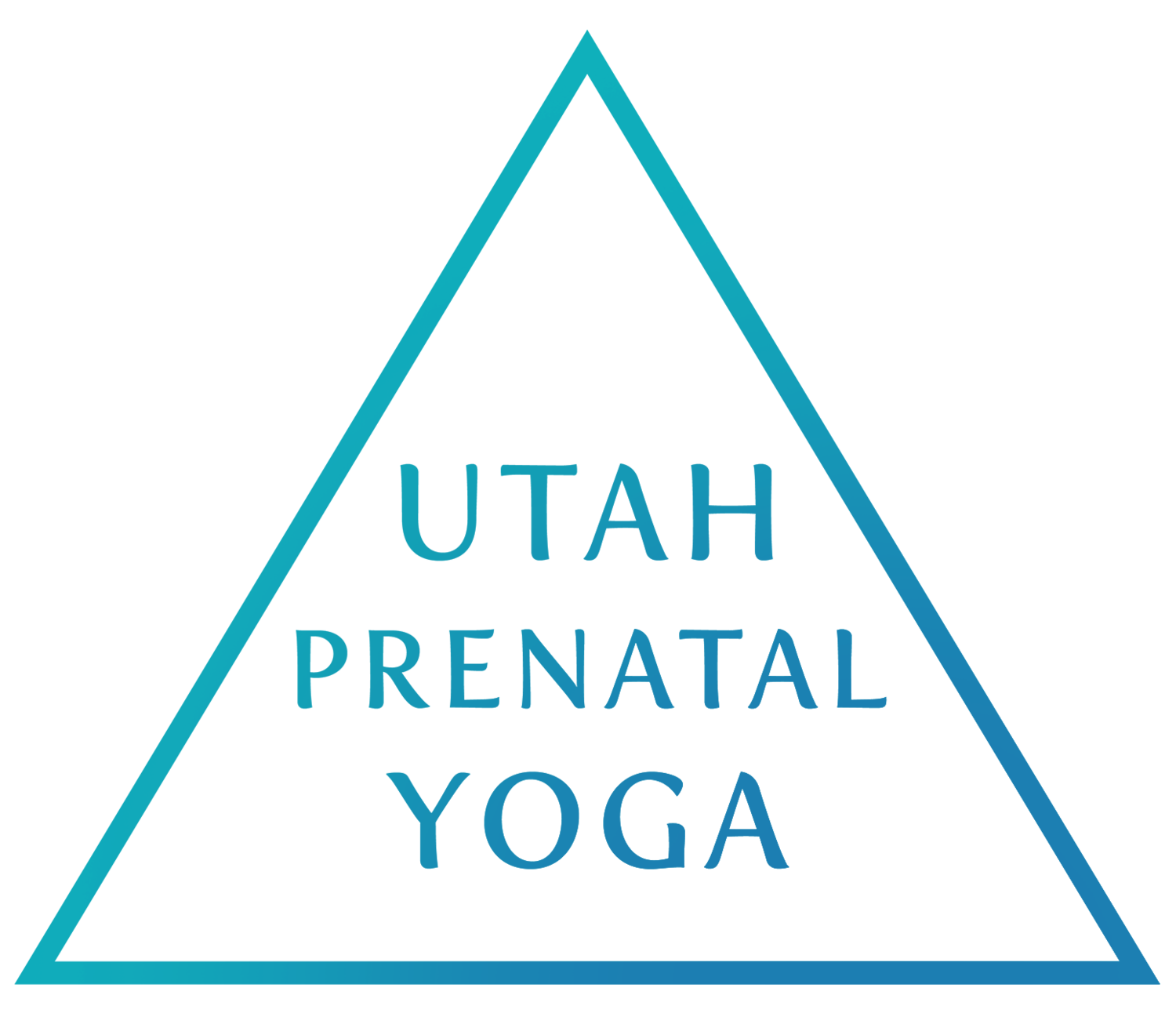Cat-Cow and Pelvic tilting are not the same thing (check out the pictures at the bottom to see the difference) I see people using the two terms as if they are the same thing so let’s clear it up: Cat-Cow involves flexion and extension of the entire spine. Pelvic tilting involves... well, tilting the pelvis!
Why choose one or the other? It depends on what your goal is and if you have any physical considerations that might make one a better choice for you.
I prefer to teach pelvic tilting in my prenatal and postnatal yoga classes, read on to learn more about WHY…
During the birth year it’s a good idea to practice pelvic tilts for so many reasons: it can relieve tension in the low back, inner thighs and pelvic floor muscles, help to gently stretch the ligaments of the uterus, can assist with optimal fetal positioning, and improve spinal mobility. Pelvic tilts can be done on hands/knees, seated or even standing so it’s an accessible movement for almost everyone.
Cat-Cow can offer the same benefits, but the exaggerated movement of full spinal flexion and extension may lead to some undesirable side-effects: Over-stretching the belly/linea alba, compression of the uterus and internal organs, intra-abdominal pressure, and strain on the cervical spine.
For years I taught the cat-cow as a standard movement in prenatal and postnatal classes because that’s what everyone was doing! The more I learned about the anatomy and physiology of women’s life-cycles (menarche to menopause) the more I started to question the popular beliefs about cat-cow being the magic pill for spinal health. Specifically, I question how beneficial it is to risk overstretching the belly and compressing the uterus/internal organs during pregnancy. After birth it’s just as important to be mindful about excessive stretching while the core is healing. The added effects of relaxin hormone and increased body weight during pregnancy, and during the postpartum period, may be enough reason to choose movement that is not as extreme as the cat-cow.
As women age, bone density becomes an area of interest and there have been some great studies recently that address the possible risks of spinal flexion exercises. Here are a couple of studies if you want to read more about that:
https://www.ncbi.nlm.nih.gov/m/pubmed/29687967/
https://www.ncbi.nlm.nih.gov/m/pubmed/22448849/?i=2&from=/29687967/related
It’s OK to buck the trend and ask questions, and it’s OK to change the way you teach or practice when you have new or different information! It’s up to you, and knowledge is power.
The top photo shows Pelvic Tilting, the bottom photo shows the cat-cow….


